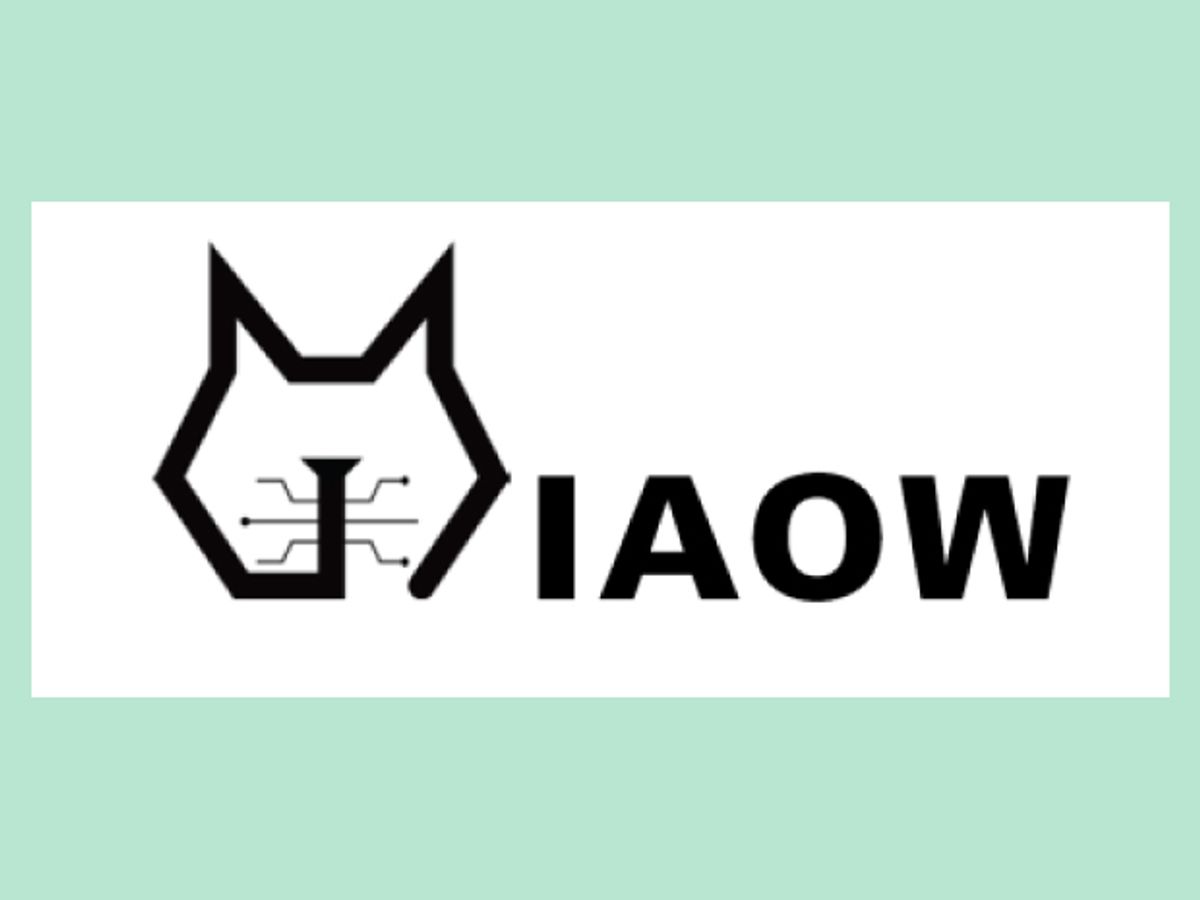While open-source hardware is already available for CPUs, researchers from the Vertical Research Group at the University of Wisconsin-Madison have announced at the Hot Chips Event in Cupertino, Calif., that they have created the first open source general-purpose graphics processor (GPGPU).
Called MIAOW, which stands for Many-core Integrated Accelerator Of the Waterdeep, the processor is a resistor-transistor logic implementation of AMD's open source Southern Islands instruction set architecture. The researchers published a white paper on the device.
The creation of MIAOW is the latest in a series of steps meant to keep processor development in step with Moore's Law, explains computer scientist Karu Sankaralingham, who leads the Wisconsin research group.
“We need innovative new hardware modules, new types of processors, new types of hardware accelerators, and so on,” he says. Open source hardware represents a promising new avenue. “I envision five, ten years from now companies will be leveraging open-source hardware, just like it happened with open-source software,” says Sankaralingham. “For example, Facebook was built mainly using PHP. PHP is completely open source. It would be hard to imagine that Facebook would have gotten off the ground if PHP wasn't there.”
Sankaralingham and his colleagues decided to focus on a graphics processor when AMD made the Instruction Set Architecture of one of its graphics processors available. Graphics processors are increasingly replacing CPUs for number crunching.
“What GPGPUs are good at is using GPU architecture to tackle highly computationally intense problems,” says Sankaralingham. “Their architectures have two important properties: They provide very high performance and they are very power efficient.” Consequently, GPUs will be used in, for example, driverless cars, navigation systems, the Internet of Things, and deep learning. In all of these environments, there is a big need for very high computation speed at low power use, the Wisconsin researcher notes.
For now, MIAOW is strictly an academic research project. “One impact it will have in my field,” says Sankaralingham, “is that academic researchers, who have a very low-level hardware implementation in their research, are going to adopt our ideas."
Another important consequence of the group’s work is that it has “demonstrated that smart teams can go and build meaningful hardware parts that can compete with high-end industrial products.” Sankaralingham says he sees his group’s research as a stepping stone to the building of completely clean-slate designs that don't rely on any existing commercial products from industry.



